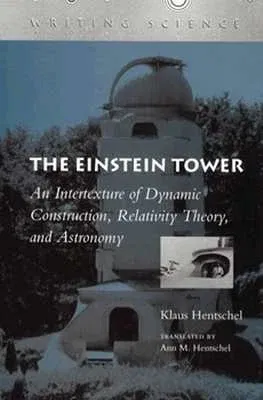Klaus Hentschel
(Author)The Einstein Tower: An Intertexture of Dynamic Construction, Relativity Theory, and AstronomyHardcover, 1 August 1997

Qty
1
Turbo
Ships in 2 - 3 days
In Stock
Free Delivery
Cash on Delivery
15 Days
Free Returns
Secure Checkout

Part of Series
Writing Science
Part of Series
Writing Science (Hardcover)
Print Length
244 pages
Language
English
Publisher
Stanford University Press
Date Published
1 Aug 1997
ISBN-10
0804728240
ISBN-13
9780804728249
Description
Product Details
Author:
Book Format:
Hardcover
Country of Origin:
US
Date Published:
1 August 1997
Dimensions:
23.65 x
15.8 x
2.03 cm
ISBN-10:
0804728240
ISBN-13:
9780804728249
Language:
English
Location:
Stanford, CA
Pages:
244
Publisher:
Weight:
521.63 gm